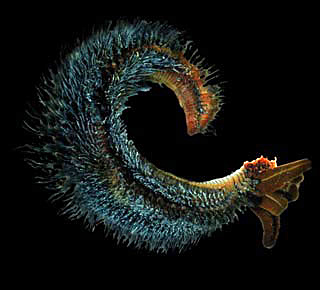The Pompeii worm, the most heat-tolerant animal on Earth, lives in the deep ocean at hydrothermal vents. The worm's back is covered in bacteria adapted for living in extreme environments.
Courtesy of the University of Delaware
Microbe Survives in Ocean’s Deepest Realm, Thanks to Genetic Adaptations
News story originally written on February 5, 2009
Scientists are taking a close look at a tiny microbe to learn more about how life adapts in extreme environments.
The microbe, a species of bacteria, lives in the deep-sea at hydrothermal vents. Scientists have found it living on the backs of Pompeii worms. They have also found it growing on the surfaces of the chimneys where hot liquids spew from below the sea floor.
Scientists are studying the microbe’s genes to better understand how it has adapted to live in this extreme environment. One gene, in particular, allows the microbe to make a special protein when it’s near the hot liquids released from the sea floor. The scientists wanted to understand how the gene helps the microbe.
The gene was thought to only be found in microbes that live in very hot places, warmer than 80 degrees Celsius. But this microbe lives in environments with much cooler temperatures. In the deep ocean near hydrothermal vents, the seawater is very cold yet there is also very hot liquid spewing from below the seafloor. Microbes that thrive in this environment must adapt to both the cold and the hot temperatures. So, it might allow this microbe to survive the quick changes in temperature in this environment.
Conditions near hydrothermal vents today are probably a lot like conditions that existed all over early Earth. Understanding microbes living near vents today might give scientists clues to how microbes evolved a few billion years ago.
Last modified April 13, 2009 by Lisa Gardiner.
You might also be interested in:
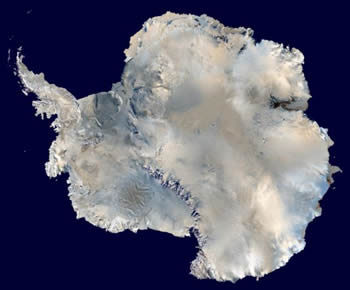
Extreme environments are places where "normal" life finds it hard to survive. That doesn't mean that there isn't any life in extreme environments. Certain creatures can live and grow in extreme environments.
...more
Eubacteria, also know as “true bacteria”, are microscopic prokaryotic cells. Cyanobacteria, also called blue-green algae, are Eubacteria that have been living on our planet for over 3 billion years. Blue-green
...more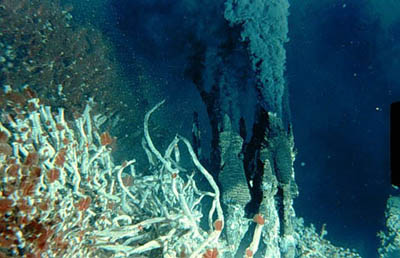
The deep ocean is very cold, under high pressure, and always dark because sunlight can not get down that far. Less life can survive in the deep ocean than in other parts of the ocean because of these conditions.
...more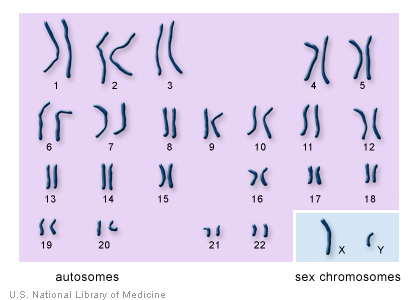
Do you look a bit like your brothers and sisters? Do you look a bit like your parents? The similarities are because, unless you were adopted, you and the other members of your family have genetic material
...more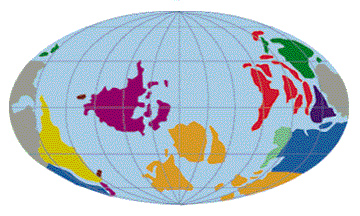
The Archean is the name of the age which began with the forming Earth. This period of Earth's history lasted a long time, 2.8 billion years! That is more than half the expected age of the Earth! And no
...more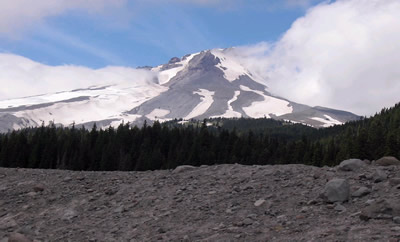
Scientists have learned that Mount Hood, Oregon's tallest mountain, has erupted in the past due to the mixing of two different types of magma. "The data will help give us a better road map to what a future
...more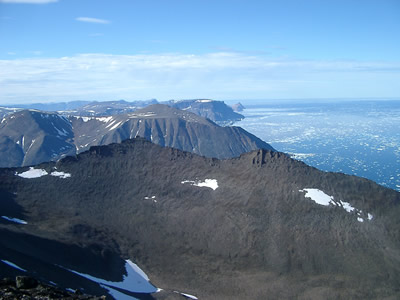
The Earth's mantle is a rocky, solid shell that is between the Earth's crust and the outer core, and makes up about 84 percent of the Earth's volume. The mantle is made up of many distinct portions or
...more
